 |
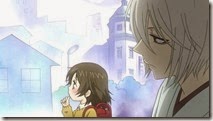 |
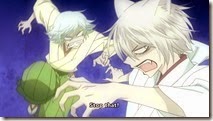 |
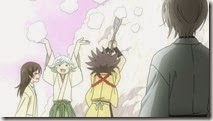 |
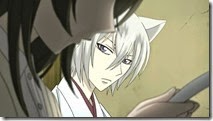 |
 |
Boy, does this show ever have a way of sneaking up on you.
There’s never, at any time, been a moment when Kamisama Hajimemashita was my favorite anime airing. Yet it always seem to add up to more than you realize when you’re watching it, and it grows tremendously the more you reflect on the experience. This series is like the TARDIS of anime in that sense. Part of it, I think, is the show’s almost uncanny ability to flat-out nail the last moments of every episode (thank directorial genius Akitarou Daichi for that). But it’s also simply a matter of just how sneaky deep and powerful the writing is.
As good as this finale was – which was very good indeed – it wasn’t until the elegant way everything came together in the end that it became clear just how much it had accomplished. These sorts of childhood flashback episodes can be tricky – the risk of emotional manipulation and narrative cheating is high – but this was an example of the trope being used correctly. This was all about growth not just for Nanami’s character but for Tomoe’s too (perhaps even more so) and as a construct, it made perfect sense within Kamisama Hajimemashita’s premise.
If I have a gripe here, it’s more of a pet peeve against anime in general where this sort of thing is common. Here we see Nanami’s mother as virtually a sainted woman – kind, protective and dying to boot – and what does she do? She says “I’m dying, my husband is a worthless cad, and my way of preparing my toddler child is to tell her to get ready to live on her own.” Seriously – I know this is a trope in itself, but you can’t do anything more to look after your daughter’s interests than tell her to lock the door after you’re dead?
I don’t suspect we’ve seen the last of this storyline – they don’t tend to disappear in KamiHaji but rather evolve, and I’d bet Nanami’s father is going to be a factor at some point. But for now, the important thing is that Tomoe is seeing for himself what made Nanami the person she is today. The really interesting part for me comes when he realizes an essential truth of humans – that twelve years is an eternity, and that the child Nanami was is gone and can never return. And he’s saddened by this, because even as alien as the human experience is to Tomoe, he understands that the loss of innocence is a tragedy common to all humans (though in Nanami’s case it was altogether too soon).
That’s not the final revelation for Tomoe, though. Anime has been musing on death and memory a lot this season, and Kamisama Hajimemashita takes a rather different and more idealistic view on the subject that Death Parade does. I don’t think Tachikawa would endorse Suzuki Julietta’s take that the child Nanami lives on in the adult Nanami, and so does her mother – through her memories. It’s a much more romantic spin on the subject, yet I believe it suits the material here perfectly. And the ability to embrace this perspective amounts to a remarkable display of growth for Tomoe.
There’s a lot to chew on here, for certain. What implications does the revelation from Nanami’s mother that all the women in her family have only one child – a girl – and have “bad luck with men” have on Nanami and Tomoe’s future? It explains Nanami’s stout refusal to consider marriage – though that evolves into “probably” by the end of the episode. And Nanami has displayed obvious maternal feelings towards little boys like Botanmaru and Mamoru (she even says “I don’t mind being a mother to Mamoru” in this episode) – is that a foreshadowing that she intends to break the family curse?
Memory is at the forefront throughout this episode, especially in those splendid final few minutes. There’s a lovely scene when, liberated from her trip down memory lane by Tomoe, Nanami and the familiars encounter the New Year God – a preposterously overfluffed sheep. As thanks for her help in persuading “Mofu” to be sheared and not crush the Shrine with his wool, the Year God gives Nanami a “print” – a picture of her mother he’s seen in her memories. Given that all of her mother’s photos were destroyed by fire, this is a hugely significant gesture. And later, it seems, Nanami remembers the identity of the faceless person in her memories who told her that one day her loneliness would give way to a rowdy house full of males – a “family” to make up for the one she’s lost.
It’s obvious that this story is nowhere close to being told. There isn’t even the suggestion of a resolution to Akura-oh’s storyline, and the postscript suggests that Kurama’s is far from resolved either. Mikage remains the great random element in the story, rarely present but casting a huge shadow over everything. And of course everything revolves around Nanami and Tomoe, who are in the midst of a seemingly impossible and ill-advised romance whose tendrils more tightly encircle Tomoe with each passing moment. Two seasons in, Kamisama Hajimemashita feels as if it’s really just beginning – yet once again, Akitarou-sensei has left us with a satisfying ending that brings a remarkable sense of closure despite being open-ended.
It’s quite a different experience watching the finale of a series like Yowamushi Pedal – where a continuation is all but certain – and a show like KamiHaji, where it seems very unlikely. Yet it must be said that this season seemed unlikely too, and it was produced – so who knows what the future may bring? The manga continues to be a pretty strong seller (very strong in America too, though I don’t think it’s of much import in this context) and Akitarou certainly isn’t acting as if he has to wrap things up neatly with a bow at this moment in the adaptation. For now, once again all we can do is wait and hope for more of this truly wonderful and incredibly underrated anime – it may sneak up on you time after time, but it always leaves you wanting more.
 |
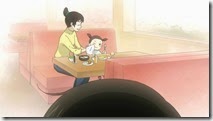 |
 |
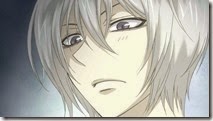 |
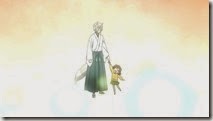 |
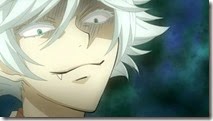 |
 |
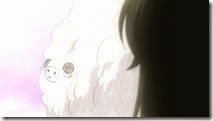 |
 |
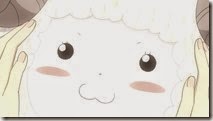 |
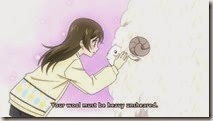 |
 |
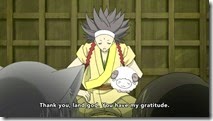 |
 |
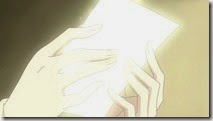 |
 |
 |
 |
 |
 |
 |
ED Sequence:
 |
 |
 |
 |
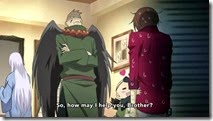 |
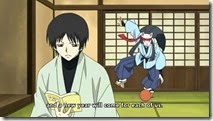 |
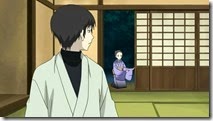 |
 |
 |
Epilogue:
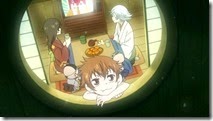 |
 |
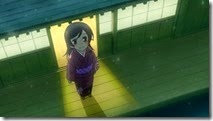 |
 |
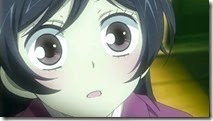 |
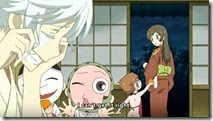 |
 |
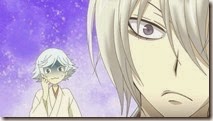 |
 |




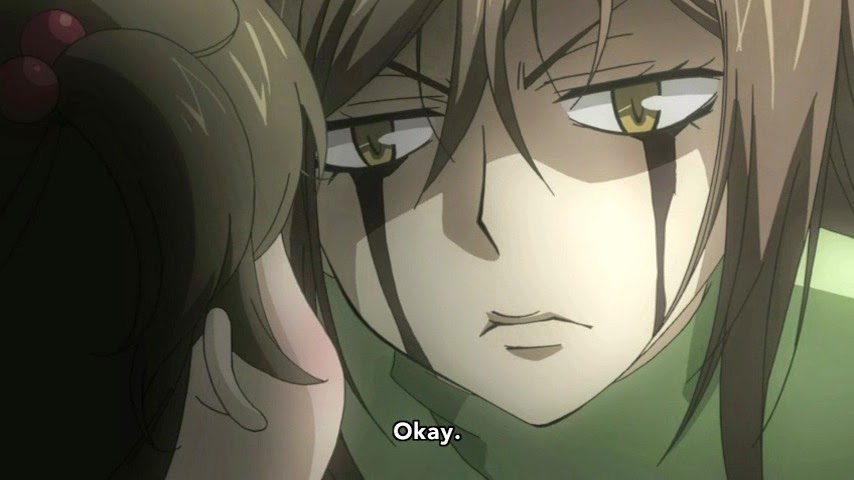
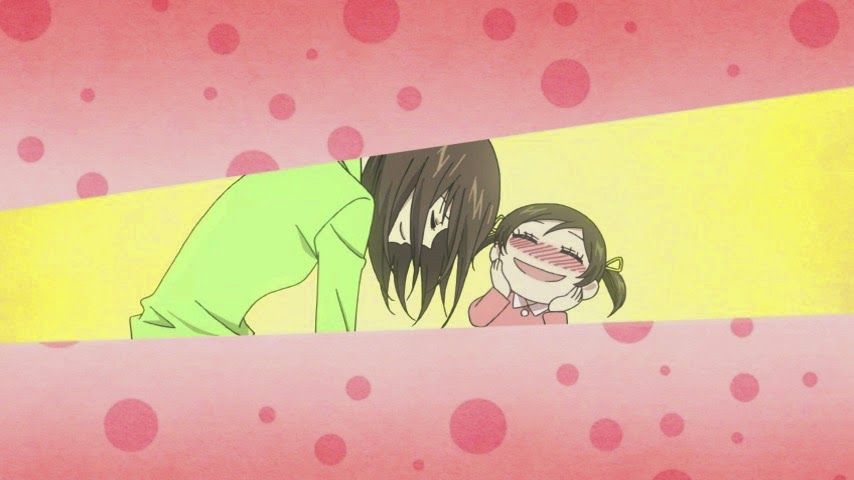
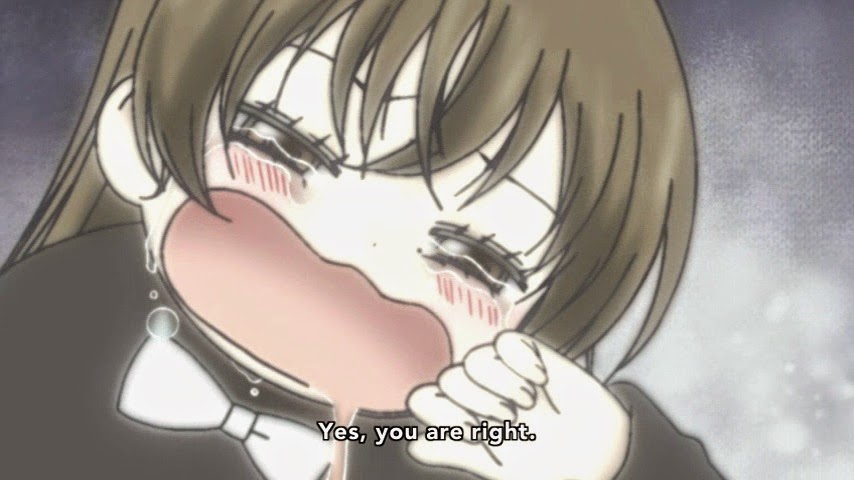


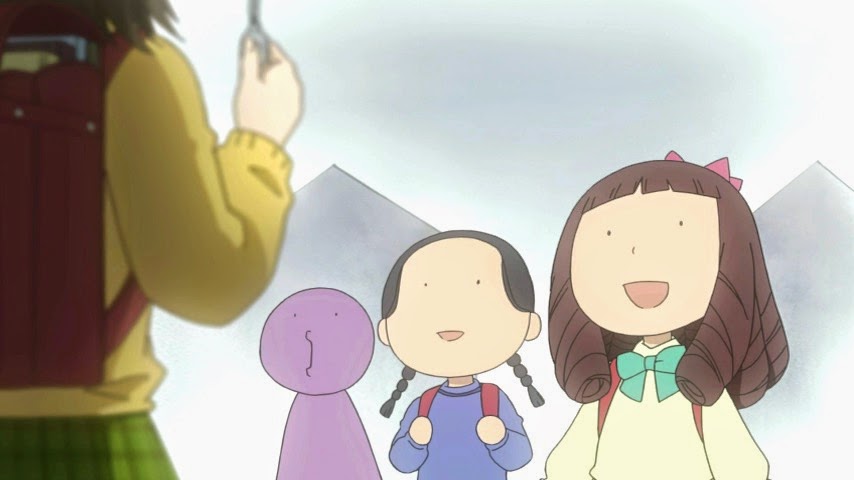
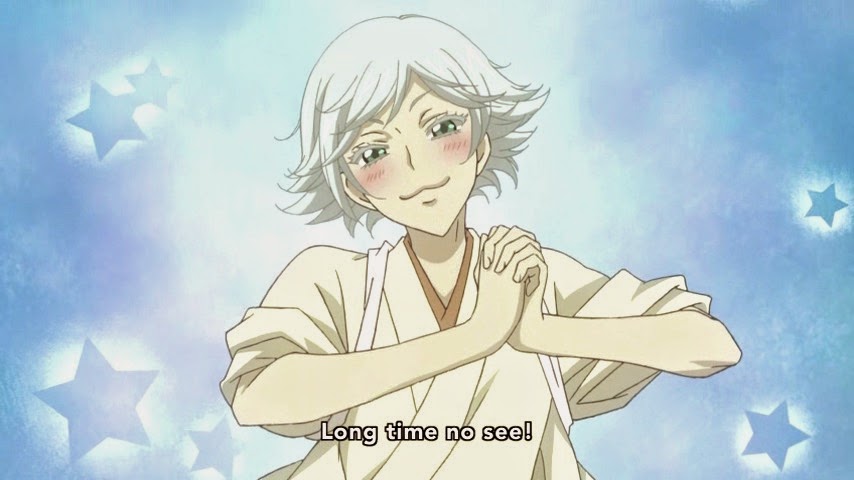
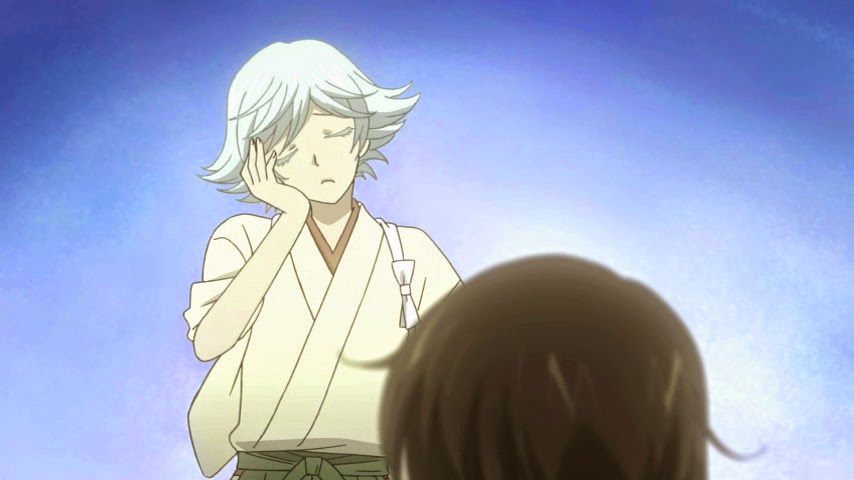


misspapillon24
April 1, 2015 at 5:19 pmI enjoyed the first season, but I loved the 2nd one, it's simply beautiful…hope we can see another season
BirdPerson
April 1, 2015 at 7:30 pmMe too. I liked the first season a lot, but I fell in love with this one.
Gary Cochran
April 1, 2015 at 10:06 pmSame. I want to see what happens next.
admin
April 2, 2015 at 12:17 amNo question in my mind S2 was stronger. Nanami's development alone would have ensured that.
BirdPerson
April 1, 2015 at 7:39 pmKamisama Hajimemashita, Akatsuki no Yona, Soredemo Sekai, Tonari no Kaibutsu-kun. Have I been living in a cave that I didn't realize how good shoujo adaptations can be (Card Captor Sakura aside) or am I just seeing the exceptionally good ones?
admin
April 2, 2015 at 12:16 amYou're certainly omitting a lot of the bad ones. But given the preponderance of LN formula in the predominant demographic adaptations currently, I think these days shoujo has a higher batting average than most.
Keizon
April 1, 2015 at 11:00 pmIn this last arc, it offers us the backstory of Nanami which reinforces Tomoe's feelings for her. I like the way they wrap up the story by showing us 'life goes on' for the different characters such as Kurama, Jirou, Himemiko, Kirihito.
I really love Kamisama Hajimemashita: its charm, pacing, comedy, romance and character development. Every week I look forward to watching Kamisama Hajimemashita and it is one of the very few series that I will watch multiple times (the other being Akatsuki no Yona). Will definitely miss Kamisama Hajimemashita.